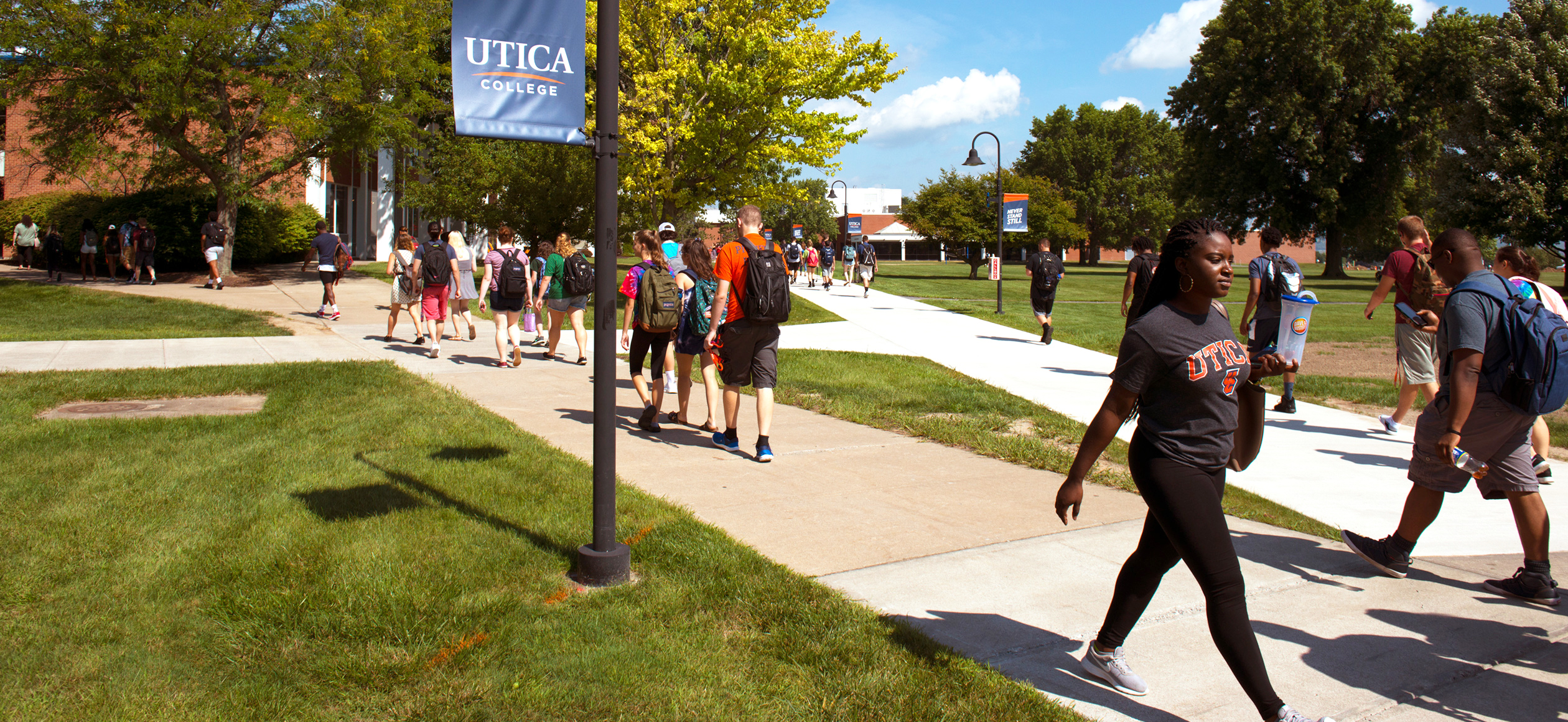Fall 2008 Asa Gray Seminars
October 6th, 2008
Title: TBA
Paul Kent
Associate Professor of Neurology
SUNY Upstate Medical University
Abstract: TBA
October 27th, 2008
"The role of prediction in prey interception by dragonflies"
Andrea Worthington
Professor of Biology
Department of Biology, Siena College.
Abstract: In an act of elegant precision, a dragonfly swoops up to pluck a flying insect from the air. The entire event, from takeoff to capture, often takes only one or two tenths of a second. It’s over so quickly that the flying insect usually takes no evasive maneuvers. By the time we humans can register that we saw something happen, it’s over. How does the dragonfly recognize its prey? How does it so quickly send the necessary information from eyes to brain to wings to guide the behavior? How does it so accurately plot its deadly course? These questions and more have occupied our interest for much of our professional lives as we have sought to understand the neural basis of this deadly accurate behavior. Our attempts to answer these questions has led us from inserting tiny electrodes into the dragonfly brain, to videotaping the natural behavior in the field, and finally to dissecting the behavior in a flight cage with high speed video.
November 10, 2008
"The Behavioral and Evolutionary Responses of Native Tadpoles to Introduced Predators"
Martin Schlaepfer
Assistant Professor of Environmental and Forest Biology
SUNY-ESF, Syracuse
Abstract: Tadpoles can generally increase their probability of survival in the presence of known predators by reducing their foraging activities or modifying their tail shape to increase swimming speed or lure attacks away from the head. It is unknown, however, to what extent tadpoles can induce such behavioral and morphological plasticity in response to
evolutionarily unfamiliar predators. Lowland Leopard Frogs (Rana yavapaiensis) are native to Arizona and are currently declining due to various introduced predators. Here I present results from mesocosm experiments in which I test whether tadpoles have evolved in response to the novel selective pressures of non-native predators. mschlaepfer@esf.edu

